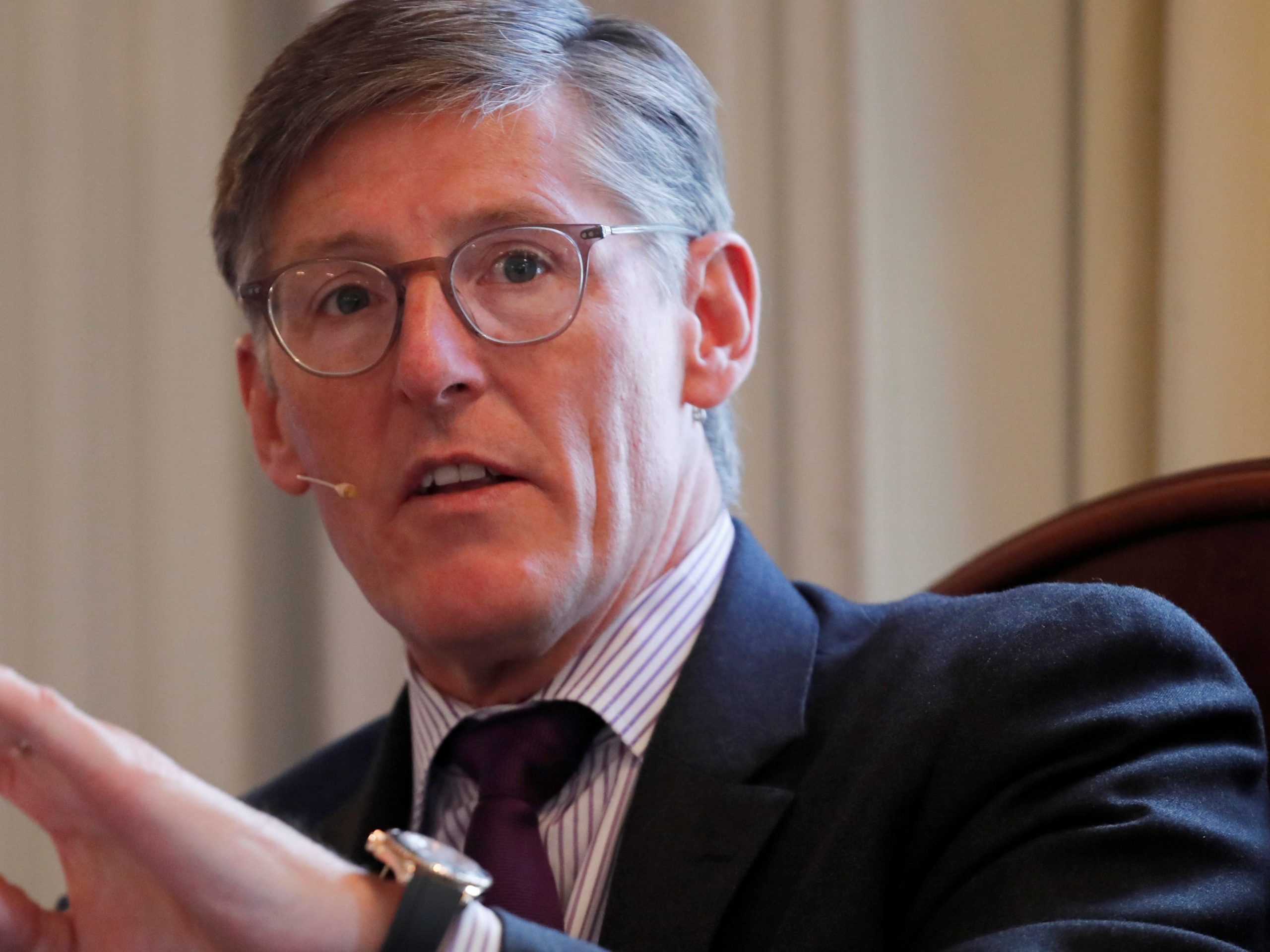
REUTERS/Arnd WIegmann
- On Thursday, Citigroup announced its CEO, Michael Corbat, would retire effective February 2021.
- The move came after it became clear regulators were losing patience with his inability to fix risk, compliance, and technology systems, according to people familiar with matter.
- One month before the announcement, Corbat sent a companywide memo to employees detailing some of those challenges and spelling out steps the management team had taken to improve things and imploring his employees to take a different attitude toward compliance.
- Read the full memo below.
- Visit Business Insider’s homepage for more stories.
Citigroup CEO Mike Corbat announced his retirement last week, unveiling plans to hand control to bank president Jane Fraser in February next year.
Corbat hastened his retirement once it became clear the Office of the Comptroller of the Currency and Federal Reserve were going to reprimand the bank for failing to fix its risk and compliance systems, The Wall Street Journal reported Monday. Business Insider has learned that it was the culmination of months of escalating tensions with regulators.
On Aug. 10, Corbat sent a companywide memo detailing some of those challenges. He spelled out steps the management team had taken to improve things – including the hiring of new executives – and implored his employees to take a different attitude toward compliance. One month later he announced his retirement.
Find the full text of the memo below:
Internal Memo to All Employees from Mike Corbat
August 10, 2020
Dear Colleagues,
First, I want to again thank you for your outstanding work during this very challenging time.
All the hard work you have done with regard to changing our model, making sound investments and building our financial strength creates a remarkable contrast in performance from the financial crisis.
Your efforts since the start of the current crisis have gone a long way to supporting one of my overarching goals as CEO—that Citi be seen as an indisputably strong and stable institution. Central to that goal is ensuring we have a risk and control environment that is best in class. We are the world's most global bank, and we have to meet the obligations that come with that title, especially in terms of safety and soundness.
In recent years, we have been working on significant remediation projects to strengthen our controls, infrastructure and governance. While we have made progress, we have work to do to meet the standards that we must hold ourselves to.
Over the past several months, we have been making the changes required to get us to where we need to be. In June, we centralized program management and regulatory affairs under a new position, Chief Administrative Officer, and we recruited industry veteran Karen Peetz for this new role. At the same time, Mary McNiff became our Chief Compliance Officer and has quickly injected fresh thinking and approaches. We also have asked outside firms to come in and give us frank assessments of what we need to do to improve our capabilities and effectiveness in these areas. As part of this effort, we also surveyed many of our colleagues to better understand the root causes of some of the execution challenges we have experienced.
One thing has become very clear to me through Karen and Mary's initial observations, Jane and Paco's perspectives, as well as the survey: we need to think about infrastructure and controls very differently. We can't think of them as just something that is important to our regulators. It's not about getting remediation projects done or checking boxes.
At my recent Quarterly Town Hall, I referenced a quote from Mario Andretti. He said, "It's amazing how many drivers, even at the Formula One level, think the brakes are for slowing the car down." His point was that it's the brakes that let you control the car. It's the brakes that let you go fast. Better controls and stronger infrastructure will make us more competitive, not slow us down.
Simply put, to Be the Best for Our Clients and serve all our stakeholders, we first need to have an industry-leading risk and control environment. Getting this right will help us serve our clients better, win new ones, onboard them faster, and provide them with the assurance that they are doing business with an indisputably strong and stable institution.
All of us have a role to play in changing our mindset. This is not the job of just some of our colleagues. It is all of our jobs, across businesses, regions and functions. Siloed thinking that prioritizes one individual's or group's task rather than the best outcome for the firm is not acceptable. Our approach to risk and controls needs to be proactive, consistent across the firm, deeply embedded in how we do business and prioritized by every person who works at Citi. We will be measured, as a firm and individually, by how well we accomplish this change, and I encourage you to see it as an opportunity.
I am asking each of you to embrace this change. We have shown in the past what we can do when we act with collective purpose and determination. Sustained efforts such as our emphasis on ethics have made us a better company. I am confident we will do the same here by making our risk and controls a strategic priority. Over the coming months you will hear more about this and how you can play a role in moving our firm forward.
Thank you for all you continue to do for Citi.
